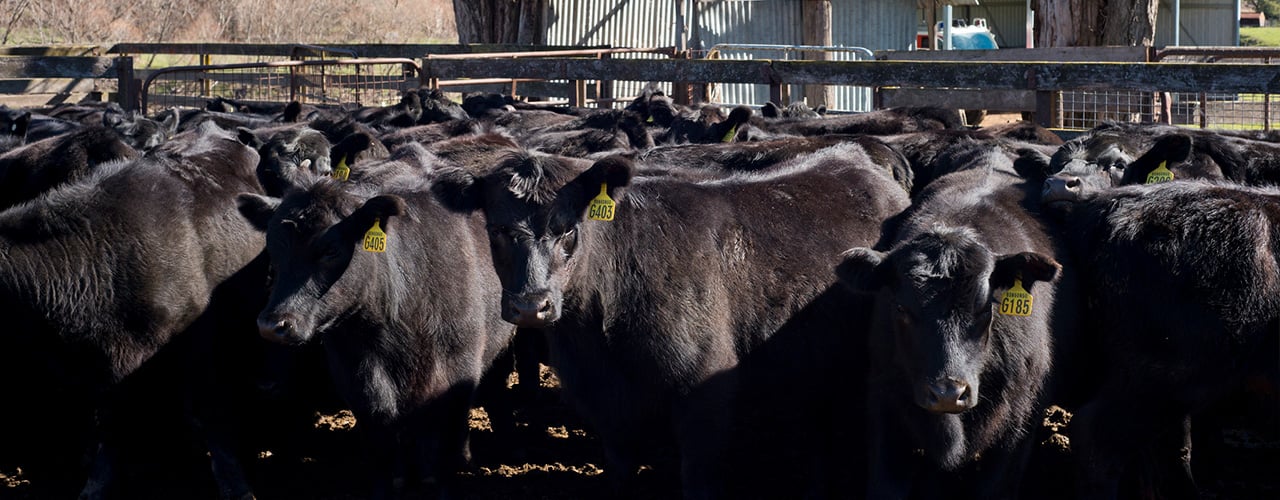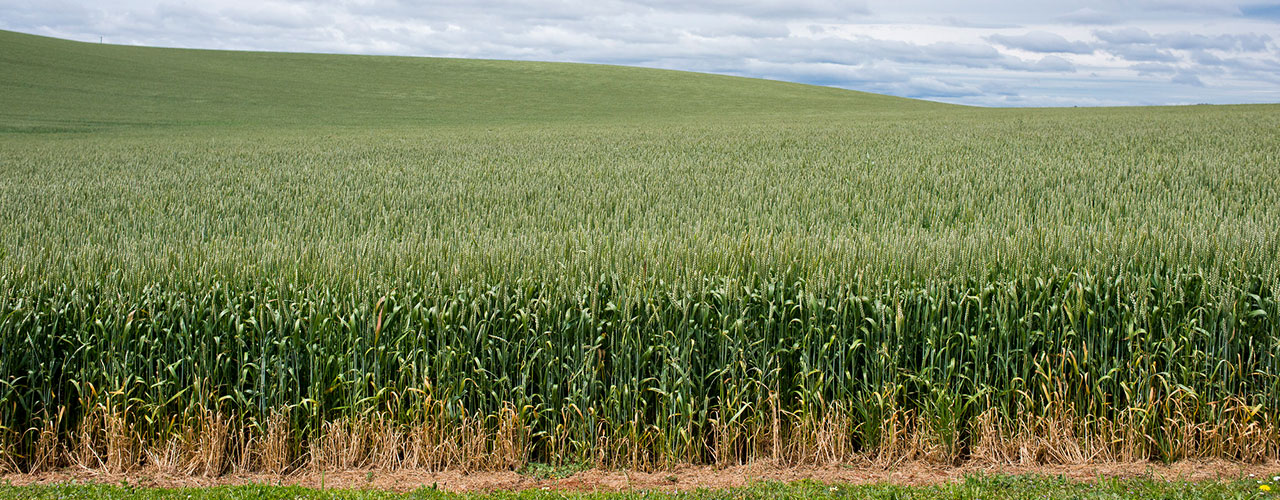Australian agriculture mid-year outlook 2024
Rural Bank’s mid-year outlook for 2024 provides insights focused on the second half of 2024. The report also details the key driving forces affecting agricultural markets.
Despite mixed seasonal conditions driving contrasting production the outlook is broadly positive thanks to strong export demand, favourable price forecasts and improving seasonal conditions.
Cattle
Stability in beef production and opportunities for continued export growth supports a favourable outlook for Australian cattle.
Cropping
Australian winter crop production to increase nine per cent to 51.3 million tonnes in 2024/25. Increased production to be met with strong domestic and export demand.
Dairy
Lower farmgate prices will pressure producer margins but lower local prices should improve processor’s ability to compete for demand. Local production will be flat. Lacklustre global demand is balanced by flat global supply.
Horticulture
Strong production, growing export demand and reduced input costs are driving a positive outlook over the back half of the year for producers.
Sheep
Lamb producers should enjoy an improved second half of 2024 with higher prices and favourable seasonal conditions.
Wool
Wool markets to hold steady towards the end of 2024 until there is a lift in global demand, though reduced supply will provide support.
Carbon & climate
The recent Bureau of Meteorology climate driver report has indicated that global sea surface temperatures (SSTs) have been the warmest on record for each month between April 2023 and May 2024.
Executive summary
Australian farmers encountered varied conditions over the first half of 2024. The ENSO and IOD both returned to neutral conditions in autumn. Although dry weather continued to persist across both Western and South Australia. This resulted in challenging winter crop planting conditions. Pasture growth was also impacted. The east coast reported much more favourable soil moisture conditions in comparison. Commodity prices are now broadly back at to levels last seen at the end of 2020. This is despite some price volatility seen over the last six months. The livestock sector was a standout performer with the price index rising nine per cent over the first half of the year. Prices within the cropping sector were steadier in comparison. Both the domestic and global economy have continued to decelerate over the first half of the year. A relatively low Australian dollar has helped to offset this and provided support for export demand. Operating conditions for Australian farmers will continue to evolve over the back half of 2024.
Rural Bank’s Australian Agriculture Mid-Year Outlook for 2024 covers six major agricultural commodities. The report provides an in-depth perspective on supply, demand, and price expectations in the last half of the year. Key changes in the climate and carbon space are also explored. The Outlook aims to help Australian farmers make informed decisions by presenting a detailed view on what lies ahead. The outlook for Australian farmers over second half of 2024 remains broadly supportive. This is driven by strong export demand and favourable price forecasts. Challenges from a consumer spending perspective remain, with a dry start to the winter crop growing season also a concern. Although, the prospect of a La Nina developing later in the year could provide significant benefit to producers.
The production outlook for the coming six months is very reliant on how conditions develop over winter and spring. This is a result of the dry autumn which has impacted soil moisture levels across western and central Australia. The Bureau of Meteorology (BOM) are forecasting typical rainfall from July to September across eastern, northern, western regions of Australia. Though below average rainfall across Tasmania is likely. The improved forecast follows a dry autumn and will boost winter crop potential. While also improving pasture growth. Despite the typical rainfall forecast, the potential for a wetter back half of the year remains. The continued cooling of sea surface temperatures is driving a shift in the ENSO. Current climate modelling is suggesting there is 50 per cent chance of a La Niña developing from August. This would see increased rainfall across eastern and central Australia. This would prove particularly beneficial for growers in South Australia, Western Australia and western Victoria. The BOM are also forecasting maximum and minimum temperatures as very likely to sit above average across Australia. This may see a reduced risk of frost, which is of particular benefit to the cropping sector.
Further stability in the global trade environment has been a positive for Australian agriculture in the first half of the year. Expanded trade access into key markets will lift exports across key commodities. India’s recent removal of tariffs on Aussie chickpea imports will have a large benefit. This has resulted in a significant boost to local prices and planted area for the coming season. While an extension to the tariff free period on lentil imports was also a positive for producers. Growth in volumes exported to India are anticipated over the next six months. Meanwhile, the trade relationship with China, our largest export market, has continued to improve. The removal of trade restrictions on five key meat processing centres will support export demand for beef. While the removal of punitive tariffs on Australian wine exports into China have also been welcomed. Demand from our key Southeast Asian markets also remains strong. Unfortunately, global freight rates remain elevated. These higher freight costs will continue due to tight vessel supply and strong global demand. Meanwhile, Ukraine has ramped up their grain exports over the last six months. However, the potential for escalating conflict across both eastern Europe and the Middle East remains. This will continue to pose a significant risk to global trade over the next six months. These risks are on display with the ongoing disruption to trade in the Red Sea. Global freight is continuing to be rerouted, increasing costs as a result.
The outlook from an economic perspective is mixed. Domestically, household income is expected to improve. This is on the back of tax cuts and other fiscal support. However, domestic demand is not expected to lift significantly from current levels. Most households are expected to save rather than spend the additional income. Inflation is forecast to moderate to near three per cent by the end of the year. A surprise rise in domestic inflation data has increased the likelihood of a rate increase in the second half of the year. Interest rate cuts aren’t anticipated until mid-2025 as a result. From a global perspective, China’s economy is expected to continue slowing over the next six months. Reducing global interest rates will provide some positive support from an economic perspective. In contrast, the Australian Dollar will edge towards 70 US cents. This would weigh on Australia’s export competitiveness to a small degree. Farm input costs are easing despite remaining above long-term averages. Fertiliser and diesel prices will sit lower, particularly in comparison to the second half of 2023. A rising unemployment rate is expected to result in greater labour availability, particularly in Q4.
More detailed economic commentary can by visiting Bendigo Bank Economic Insights.


Want more information?
Rural Bank recognises the importance of relevant information to enable sound business decision-making. To view our other reports please visit our Publications page. You can also receive reports direct to your email by subscribing to Rural Bank Insights.




